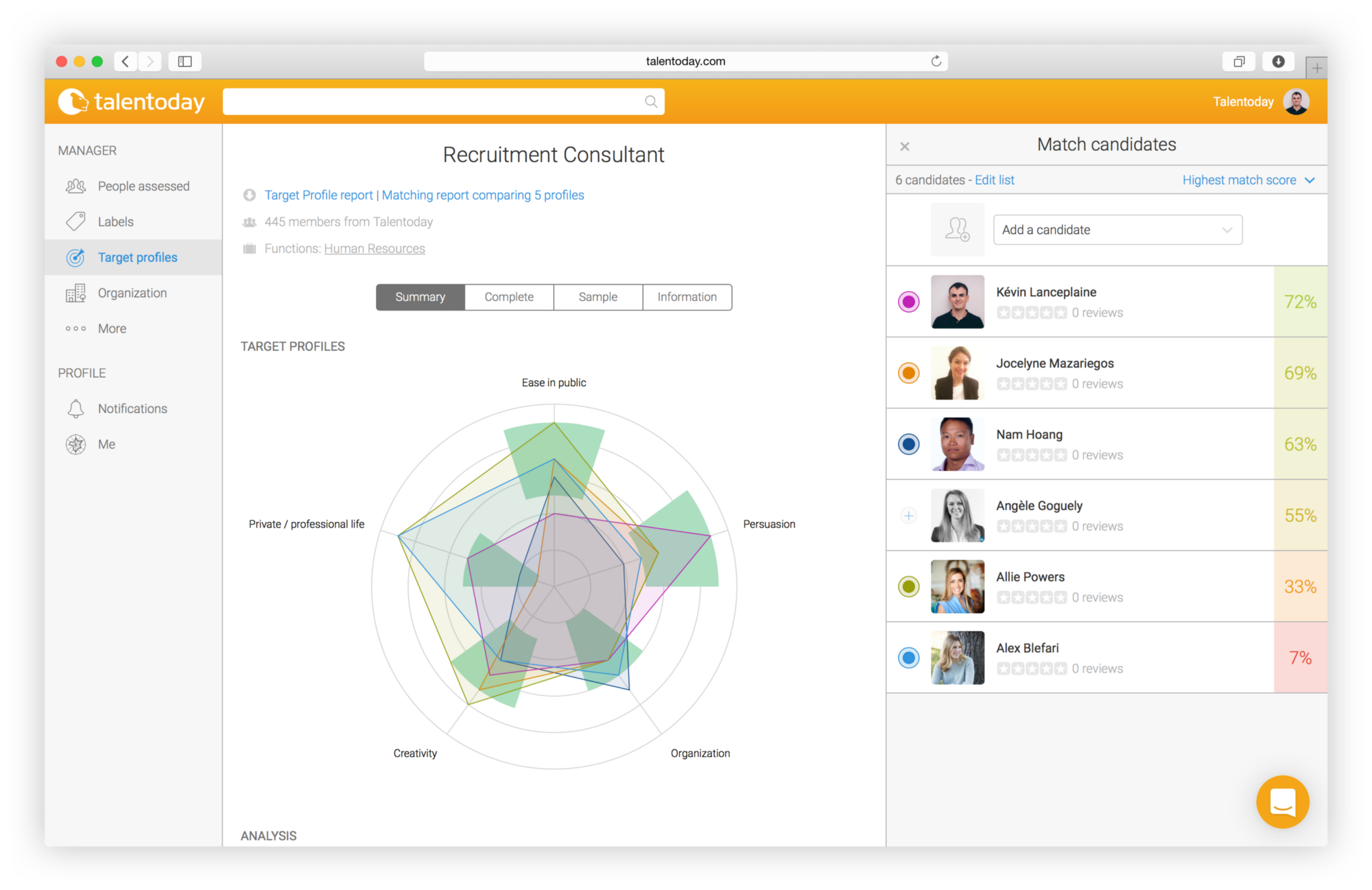Using Technology to Further Your Diversity, Equity and Inclusion Efforts
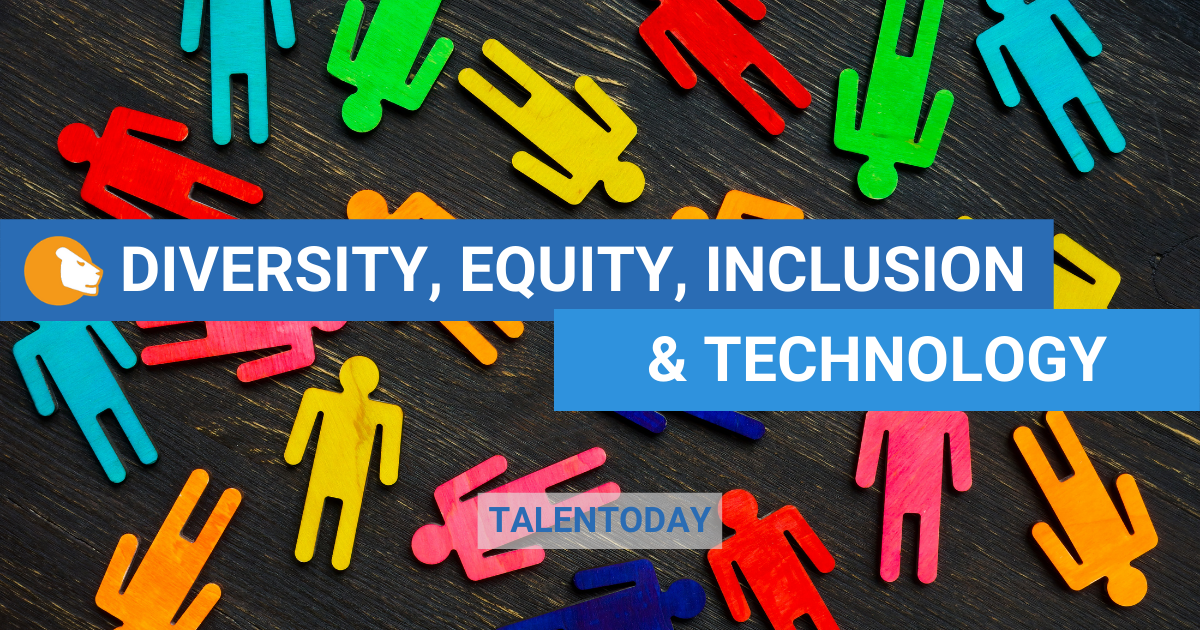
Workplace managers and teams are prioritizing Diversity, Equity and Inclusion (DEI) more now than ever before, and for good reason. DEI helps improve the presence of people of different races, genders, religions, sexual orientations, etc. (diversity); the fair and respectful treatment of all people (equity); and the extent to which all individuals feel respected, accepted and valued (inclusion). DEI also delivers a multitude of benefits that come from having a diverse population in your organization, including: profitability and value creation, innovation, and better decision making.
While business leaders have committed to diversifying their workforce, HR professionals and recruiters are still tasked with hiring the right people. Thankfully, science and technology can help organizations make the right hiring decisions while supporting DEI goals. Digital solutions and tools can help with everything from removing implicit bias from the selection process to predicting how someone will contribute to a team, and understanding how they will behave in a professional setting.
Opportunities and pitfalls associated with diverse hiring efforts
Research shows that bias is present in the hiring process and can start before a candidate walks in the door. For example, certain verbiage can attract more men than women, and people with white sounding names receive more callbacks on average than those with stereotypically black-sounding names. Implementing tools, such as a behavioral assessment, in your selection process can help you to proactively remove implicit biases. You can see a person for their strengths and not lean towards someone who is similar to you.
A common term that is used in the selection process is “culture fit.” However, when maintaining organizational culture becomes the sole focus of this process, it can have the unintentional consequence of hiring different versions of the same person. Allow your core purpose and values to guide you, while being cautious of how you equate those to your “culture” and how you assess a candidate’s ability to uphold your purpose and values. By making room for diversity to be a part of your culture, you will be empowered to celebrate and appreciate the value that each person is adding to your organization.
Diversity beyond what the eye can see
Before blindly jumping into diverse recruiting initiatives, decide what diversity means for your organization. Is it women in leadership? Recruiting and hiring people of color? Creating a comfortable environment that supports various stages of life? All of the above?
Think of the product or service that you’re selling. Can you confidently say that your team is reflective of the people you serve? Having people who can relate to your customer base is vital to the success of your organization. In fact, a team member who shares a client’s ethnicity is 152% more likely to understand the client. In this case, the diversity that we are striving for is easy to identify, and sometimes it goes beyond what we are able to outwardly see.
Understanding the importance of diversity of thought is an important step for your team to reach their highest potential. When team members are able to bring in different perspectives, it helps to create a culture of challenging the norms to allow for new and creative ideas and solutions. These various perspectives are the result of distinct life experiences or work backgrounds and can guide your team to greater successes.
How to leverage science and technology within your DEI efforts
As with any strategic change, diversity within an organization doesn’t happen overnight. It will take months of ongoing planning and years of commitment to become a part of the fabric of your organization. Luckily, there are things you can do immediately to promote equity and inclusion .
Create a culture of openness. Allow for ideas to be heard and create a safe environment for people to propose ideas. Give power to all members of your team to make decisions, and provide actionable feedback to their ideas rather than criticism.
Assess your team to see what areas you are lacking in. Confront skill gaps and then solicit teammates with diverse opinions to help you make business decisions and aid in brainstorming solutions.
Leveraging science and technology is a great way to ensure you are taking implicit biases out of the equation and being efficient in your efforts. Tools such as the MyPrint Collaboration Report are helpful for understanding how differences between two people can be beneficial, and visualizing group data through the Group DNA feature can help to find where your gaps are in your team.
Although change doesn’t happen overnight, there is nothing stopping you from starting the momentum today. Start by fostering inclusion on your team today by telling someone how their work matters. Then, take our complementary MyPrint assessment to start understanding how science and technology can support your goals!
Looking for additional resources and support? Email Talentoday at customer@talentoday.com to learn more about our assessment and services!
We’ve improved our technology!

At Talentoday, we are focused on continuous improvement and in order to offer users with a more intuitive representation of candidates’ and employees’ Target Profile matching scores, we have slightly altered the science behind them. The new technology provides actionable data that is easier to understand and analyze.
We have improved our algorithm for our clients and in turn enhanced our performance. Our new method for computing the matching score allows us to be consistent with the matching visualization. This change allows for the following:
- Easy to understand matching score and improved analysis process.
- Users will know which criteria are the most essential because the criteria are now numbered in order of importance.
- Increased value for our candidates and employees, who will now be be able to better understand the the skills that are most important in their current or future role.
Matching Score vs Matching Visualization: How they come together
The matching score was initially built by taking into account the 28 criteria scores we measure at Talentoday. In comparison, the matching visualization, based off the Target Profile, considers the 8 most predominant criteria for the targeted population. This technical decision was originally made to obtain a matching score as precise as possible, which takes into account the subtle variations provided by the whole pattern of criteria scores. Because the score was measured against 28 criteria and the visualization on 8 there was some unneeded discrepancy.
To simplify things, we will now compute matching scores and matching visualizations based on the 8 predominant criteria from a targeted population. This will then ensure that we have matching scores that are consistent with the matching visualization. This is achieved through a proximity calculation, i.e. the matching score computation is only based on the 8 most predominant criteria previously identified by our machine learning algorithm.
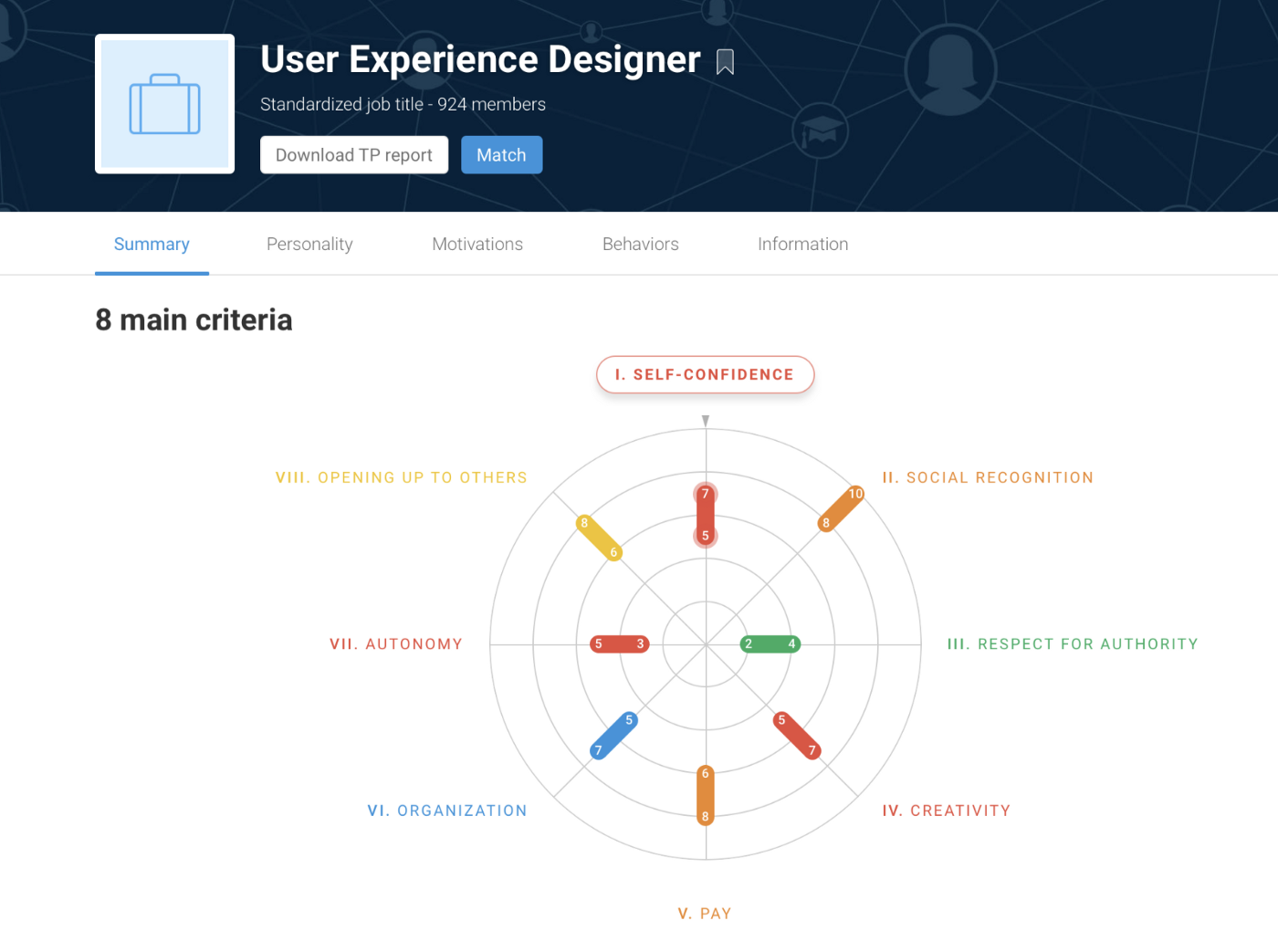
Another cool aspect of the new technology is the numbering of criteria in order of importance. Recruiters and managers can now easily pinpoint the essential criteria for a given role which can aid in the final decision making process.
If users experience questions we would love to chat. Please feel free to reach out to our support team. With this positive technology modification, some changes in matching score are to be expected.
This update will make the peoples’ experience more consistant and intuitive without changing users interaction with our platform.
We have much more to come as the year draws to a close. Our roadmap is packed with new ways to make our customers lives easier, and we look forward to sharing these with you soon.
For more information on other recent releases feel free to check out our blog. As always, your feedback is so important to us. If you wish to share and get in touch with us, give us a shout out on social media!
Fully customizable personality reports
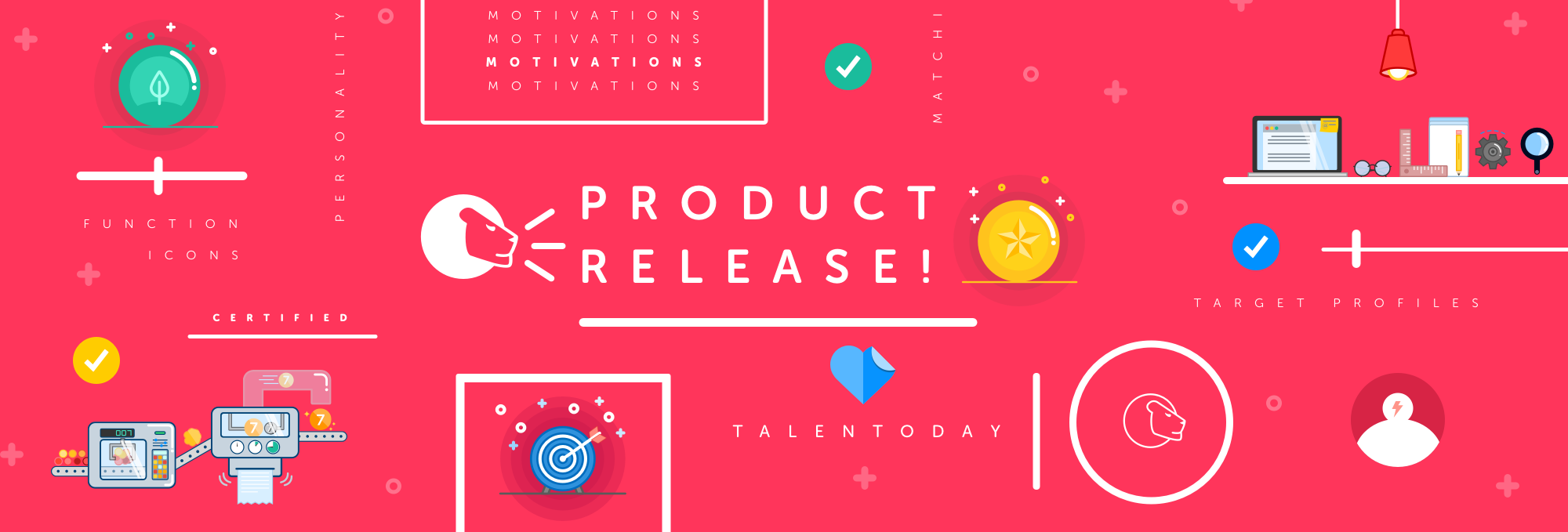
We are pleased to announce that we have launched a time saving feature to our personality and motivations report. The report (scientifically formulated for managers, counselors, HR professionals, and recruiters) provides information to better understand the person you are assessing. It is an in depth look at the individual assessed with our science and contains insights on an individual’s personality, motivations and predictive professional behaviors.
In the past, downloading the whole report produced a lengthy document, which was great, but customers have been asking for the option to have a more refined document.
We seek to make your life simpler. So we have taken our in depth report and made it completely customizable. This means you can pick and choose the sections you would like to include in your download. If you only want to see the personality radar* then great! We will pop out a nice 3 page report for you. If you want the whole kit and caboodle, thats great too! Your wish is our command, in just a matter of seconds.
*personality radar: is a look at an individuals soft skills and is provided when someone takes our questionnaire.

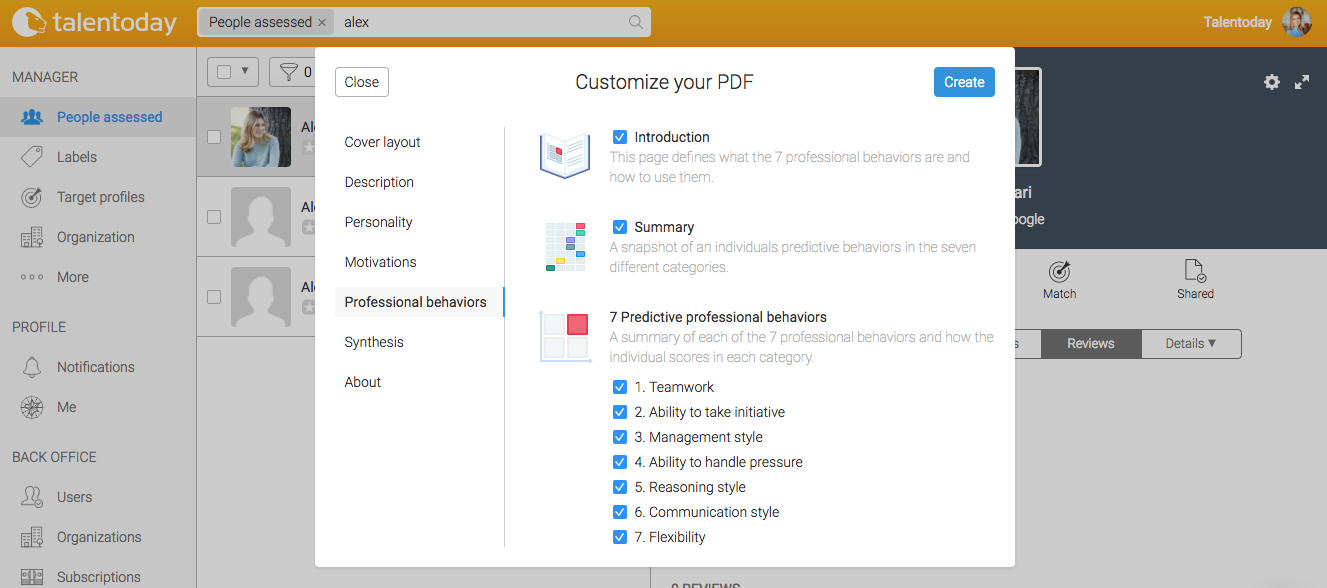
This new feature also comes with a slick new design that is easy to present and easy for users to read. Kevin Lanceplaine US Engineering VP for Talentoday explains:
“By engaging with our clients frequently, we are constantly improving our products. Using cutting-edge design and internal communication tools we are able to translate this valuable feedback from our customers into actionable design changes, rapidly. The latest iteration comes with a sleeker design and next level customization”
This release is one of many updates our team has been working on early this year. We have also expanded our Target Profile Library and launched a new labels technology that allows you to easily tag and build large profiles in just a couple of clicks. Stay tuned for additional product updates and releases over the coming months. We are excited for what is to come.
Curious to find out if your candidates have what it takes? Start your free trial today and test your candidates quickly & effectively for free!
Put more money in your wallet $$
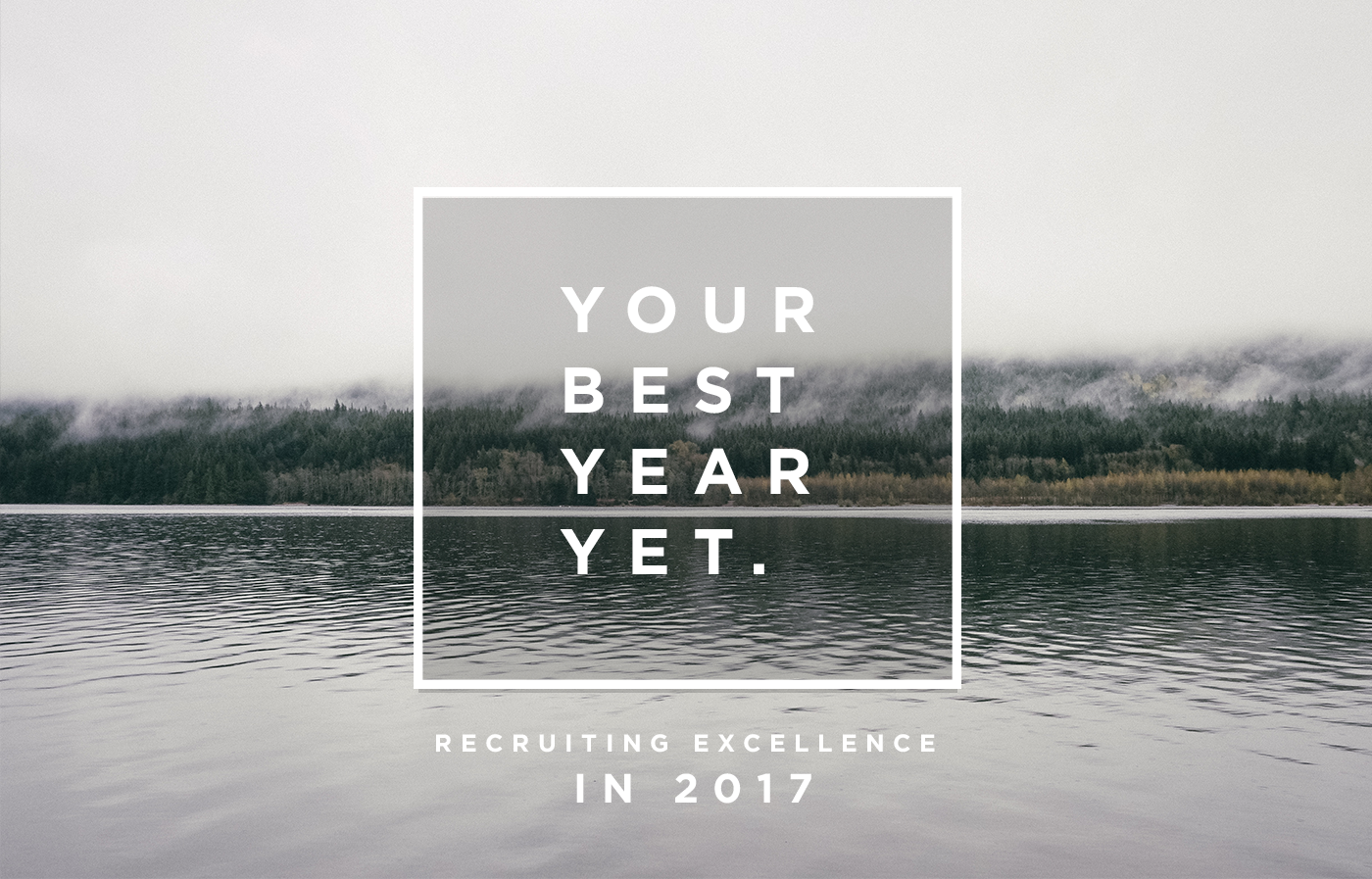
How to Narrow the Qualified Candidate Pool and Increase Millennial Retention Rates
There are two simple ways to increase your commission as a recruiter. One, place more candidates. Two, increase candidate retention rates. While you may have heard these before, what you have not heard are the following secrets to actually put the money in your wallet. So, let’s dig in.
Place more candidates by talking to less of them.
I know what you’re thinking, there is only so much time in the day, so placing more candidates seems impossible with the workload you’re already carrying with your current volume of candidates. The biggest issue with recruiting productivity is that we are talking to far too many candidates on a surface level. A study done by Deloitte on US spending in recruiting stated it takes an average of 52 days to fill an open position, up from 48 days in 2011. The issue we are facing is that hundreds of qualified candidates are applying to several jobs with a few clicks from their laptops at home. On average, each corporate job opening attracts 250 resumes. Of these candidates, four to six will be called for an interview and only one will be offered the job.
The way that candidates automate their job hunt with job databases is matched with a lack of automation on the recruiting side — hence the backup. It’s no surprise that 90% of recruiters say the market is candidate-driven in 2015, up from 54% in the second half of 2011.
It’s easy enough to talk to less candidates, but the fears arise — how do I know if I’m leaving a qualified candidate behind? How do I get a read on candidate soft skills without some sort of interview? Would you believe me if I told you these processes are becoming automated? Companies such as Talentoday, a people analytics solution, provide an automated personality test that is backed by data science and psychology to help you weed through your pile of 250+ candidate applications. They provide you with a job fit percentage that helps you quickly determine which candidates are most compatible with the job you are seeking to fill based on soft skills. Go ahead and re-read that, I did indeed say soft skills!
They do this with their speedy yet effective personality test. It will drastically narrow your candidate pool by comparing candidates against a job profile that you create online. Quality time with fewer qualified candidates means dollar signs on your end.
Finally, something to even the playing field for recruiters in response to the surge of applicants! So what to do with all this extra time… well, you can finally get back to talking to the people who are truly interested and equipped for the position. Another important plus is you now have room to take a extra time to coach your candidates into retention, because nothing is worse than doing all of the work to get someone in the job to find out they left and see that commission refunded.
Increase retention by coaching your millennial candidates on how to ask for what they want.
If you aren’t already, you are bound to be working with a majority of millennials and this generation has no problem leaving jobs, unlike their baby boomer parents. Most Baby Boomers (41%) said workers should stay with an employer at least five years before looking for a new job — only 13% of Millennials agreed.
So let’s get to know our millennial audience and what they want. Here are a few facts from Glassdoor:
- Nearly 80% of Millennials look for people and culture fit with employers, followed by career potential. (Collegefeed, March 2014)
- 64% of Millennials would rather make $40K a year at a job they love, than $100K a year at a job they think is boring. (The Columbus Dispatch, Study Conducted by the Intelligence Group, 2014)
- 46% of Millennials left their last job due to lack of career growth. (Glassdoor survey, March 2013)
What is the theme here? POTENTIAL and GROWTH! Millennials are young and starry-eyed. They think they can have their dream career and they will keep moving until they are happy.
So how do we get them to stay? The first step is understanding how they are motivated. If you end up using a tool like Talentoday they provide you with a complete motivations radar that will give you an inside look on what makes your candidate tick. You can then encourage your millennial candidates to have conversations with their managers about growth within the company.
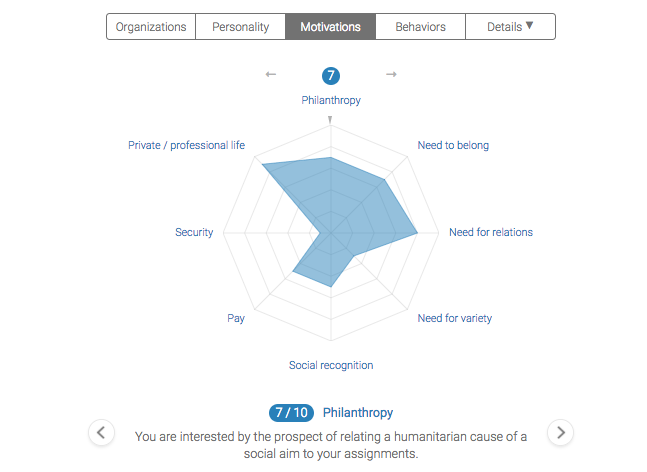
Tell them that instead of “peacing-out” of the job because they are bored or unhappy, to ask for things that keep them motivate them to come into work in the morning. Drive home that candidates should not be afraid to ask for what they want in the job they are in whether that be pay, flex time off or the ability to work from home. Not only will they possibly stay longer at their job, but they will love you as their recruiter for giving them some much needed career success advice!
Curious to find out if your candidates have what it takes? Start your free trial today and test your candidates quickly & effectively for free!
Let’s face it, recruiting can be difficult. Let us help. Check out our other posts about hiring trends, tips and tricks.
HR Managers are Redefining Merit to Justify Discrimination

Studies show that gender and culturally diverse companies are more successful. This report from McKinsey found that businesses that are gender diverse are 15% more likely to financially outperform homogenous companies, and businesses that are ethnically diverse are 35% more likely to outperform less diverse ones.
Yet, according to this study by Yale researchers, decision makers may downplay the importance of a female applicant’s areas of expertise and inflate the importance of her areas of weakness. Alternatively, decision makers may view the credentials of a specific male applicant as essential to job success and view his areas of weakness as nonessential.
Many companies are trying to improve diversity, or at least claiming they are. Earlier this year, Airbnb announced they assembled a team of civil rights leaders (including the former Attorney General Eric Holder) to review and update the company’s anti-discrimination policies. “I want us to be smart and innovative and to create new tools to prevent discrimination and bias that can be shared…” said co-founder Brian Chesky in this blog post.
Blogger Erica Jones candidly discussed her own experience being the sole black woman on various IT teams, encountering racial bias’ both blatant (degrading comments by coworkers) and clandestine (the company hiring out on a project Jones was the most qualified to do). Jones said,
“I am a black woman who happens to work in the tech industry. I don’t need to change to fit within my industry. My industry needs to change to make everyone feel included and accepted.”
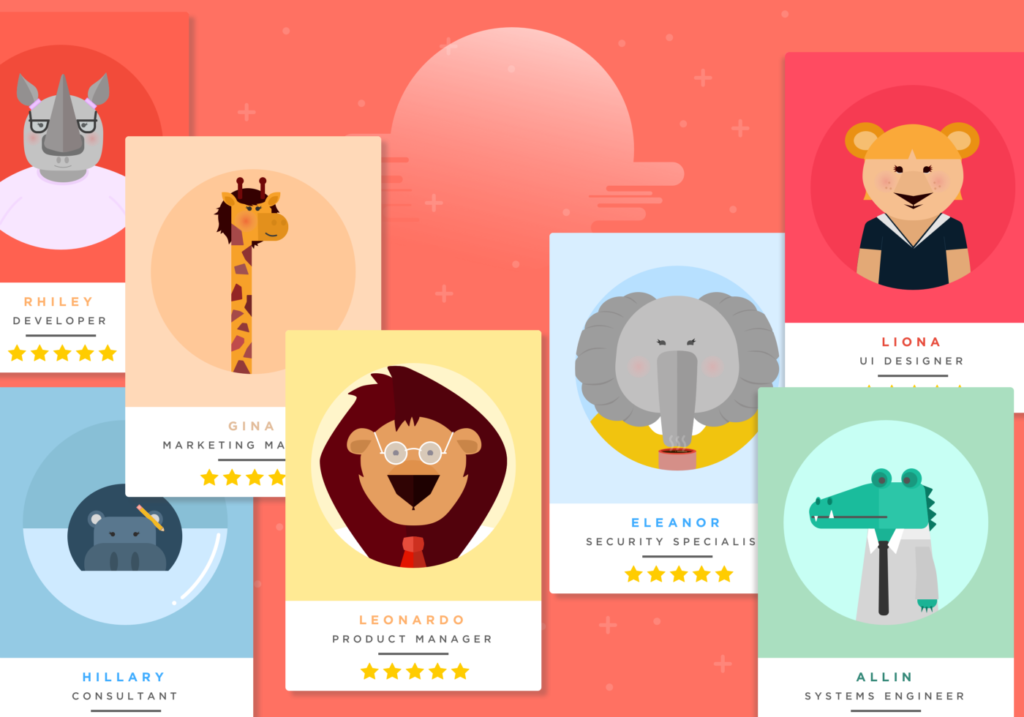
Some companies are making progress on gender diversity. Fortune recently reported that food-delivery company Grubhub has seen success with 50% of its executives being women, 43% of its workforce, and 23% of its engineers (10% more than U.S. average).
Recruiting talent from a larger pool of backgrounds lends itself to a more balanced team. One can see how, in this analysis by Talentoday who reviewed real personality comparisons by country:
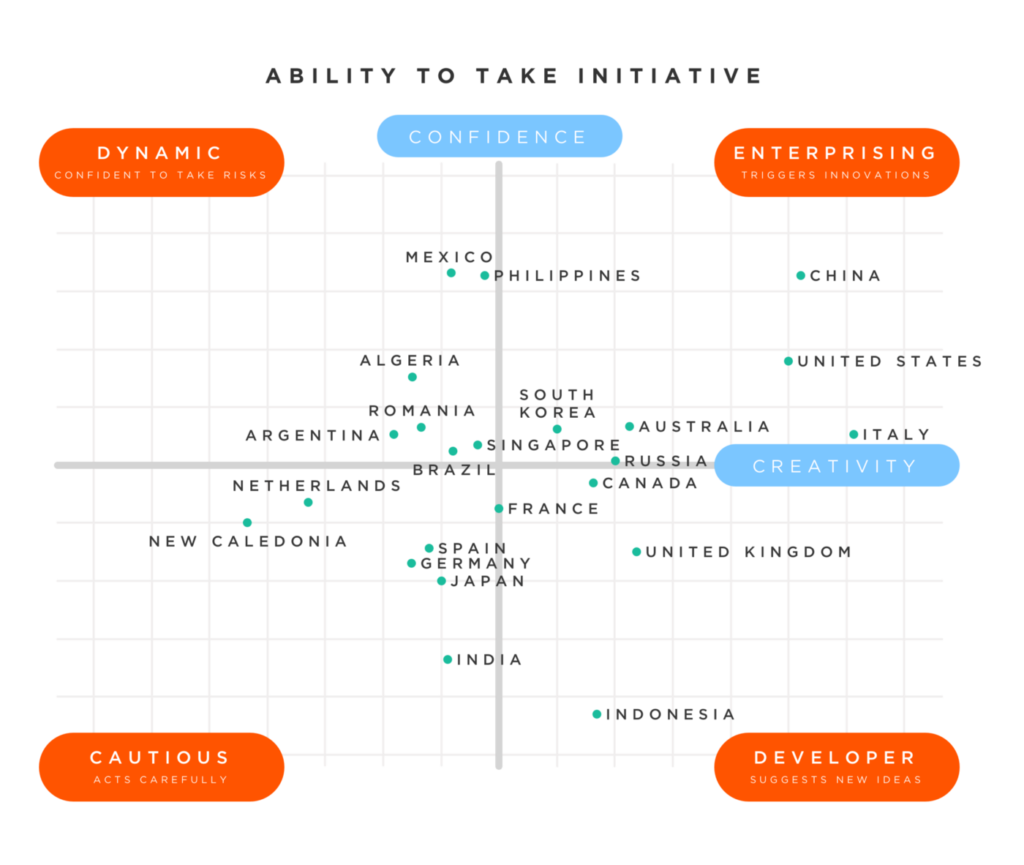
Having a team of dynamic, cautious, enterprising and developer mindsets is ideal — for balanced idea generation and execution. The enterprising person inspires the developer, the dynamic person’s boldness is balanced by the cautious. As the graph above shows, if one only hires people from the U.S. it can be harder to obtain such a diverse team.
Avoiding discrimination bias and fostering a culturally and gender diverse team begins with the hiring manager. Companies who try to do diversity well often make the mistake of casting a wide net initially, but bias’ show up in the final selection. Hiring managers shouldn’t focus on people that are most similar to him or her, but rather aim for as wide of a range of a group as possible. The real problem lies in the bias of the final selection from recruiters and hiring managers.
Disrupting the Bias
One way managers can minimize their bias may be by evaluating the skills of candidates using a personality assessment tool. This gives managers and recruiters an objective way to look at a persons soft skills to create a team that works best together.
But not all tools are created equal. As Nanette Byrnes wrote in this piece on Technology Review,
“the danger remains that unrecognized bias, just in the programming of an algorithm but even in the data flowing into it, could inadvertently turn any program into a discriminator.”
Algorithms must be specifically tailored to minimize the bias, like objective data found in the Talentoday manager that helps reduce the bias of decision makers. Talentoday takes a look at the motivations and personality traits needed to succeed at a given job. Managers can assess their candidates and match the personality results to the industry standard to find the right fit, scientifically.
Another company has taken a different approach. GapJumpers has reworked the hiring process to include blind interviews modeled after the hit TV series The Voice. Cofounder and CEO, Kedar Iyer, states,
“If one industry, especially a shallow one like the music industry, can do [blind auditions], why can’t tech companies, which are so much more scientific, do them?”
GapJumpers found that male applicants raised concerns about having to prove themselves in a blind test more often than women. Once the blind challenge was completed, the gender breakdown of those candidates hired was 58% women, 42% men.
At the end of the day, in order to interrupt the process of judgment the focus must be shifted to evidence and away from perception. We may be a long way from changing human conditioning but companies can adapt with tools to make the hiring playing field less biased.
Check out our page to send our free personality assessment to your potential new hires today. And if you like this post, please hit the ❤️ button below or give me a shout on Twitter.


